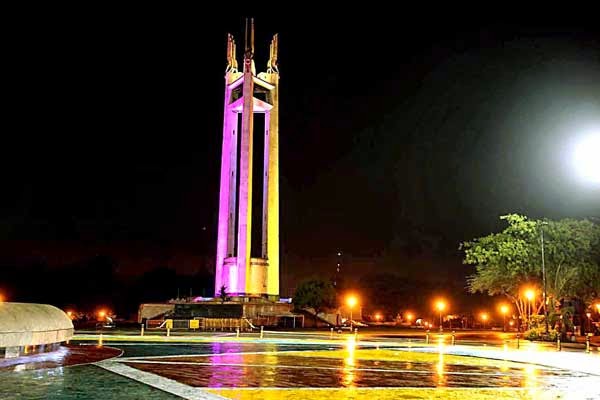Did you know that the American entrepreneur Raymond Albert Kroc or simply “Ray Kroc,” of
Czech (Bohemian) descent and owner of McDonald’s, was a real estate man?
His inclination to establish his own restaurant—after working
as an ambulance driver, a multi-mixer milkshake agent, a paper cup salesman, and a radio DJ —widened
before reaching 50th birthday. He learned restaurant management after
working for “room and food”--- a situation wherein Kroc worked for room accommodation
and board (food).
Primarily as a franchising agent and later as a co-founder of
McDonald’s, Ray Kroc expanded McDonald’s chain after buying the company from complacent
McDonald Brothers in 1961. His wide array of strategic entrepreneurship led to
the success of his business.
After a speaking engagement with the MBA students at the University
of Texas in 1974, Ray Kroc was invited by some students to join at their
favorite haunt and stomping ground. Convivially, the invitation was granted by
Kroc. To the surprise of drinking students and upon the question of a curious
student during the small gathering, Ray Kroc candidly told the students that he
was in a real estate business contrary to their belief of him only enterprising
with a hamburger business. Yes, he admitted that he was primarily in a hamburger emporium. But he attributed the success of his hamburger business franchise to real
estate and sound location.
Now, McDonald’s holds the title of “largest solitary owner
of real estate in the world,” not including owning of most priceless
intersections in the United States of America and in some parts of the world.




